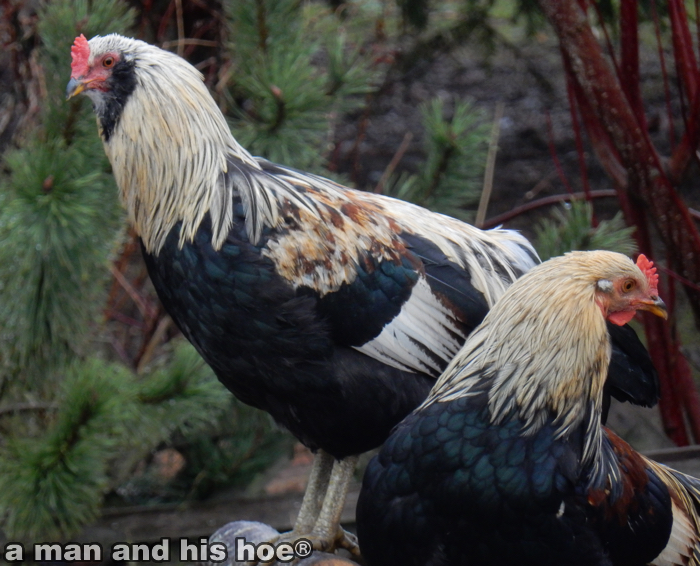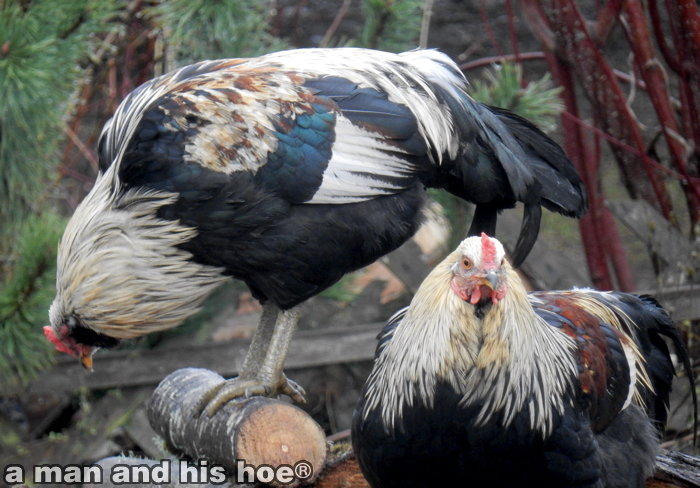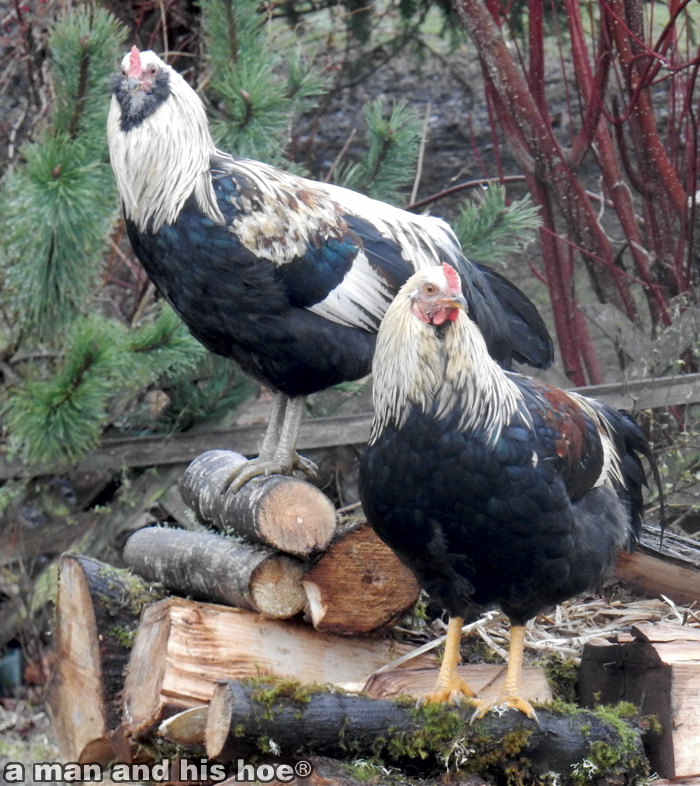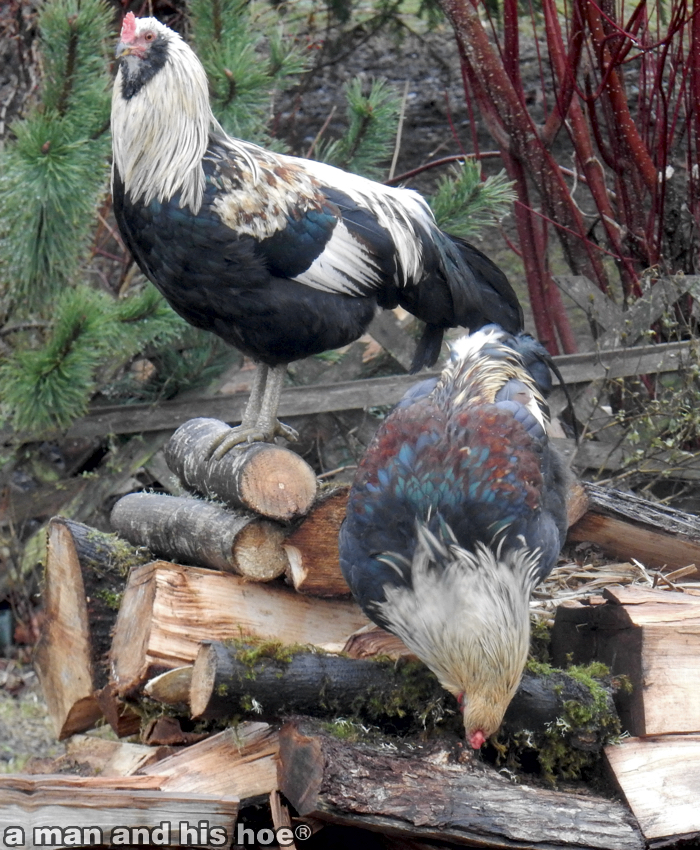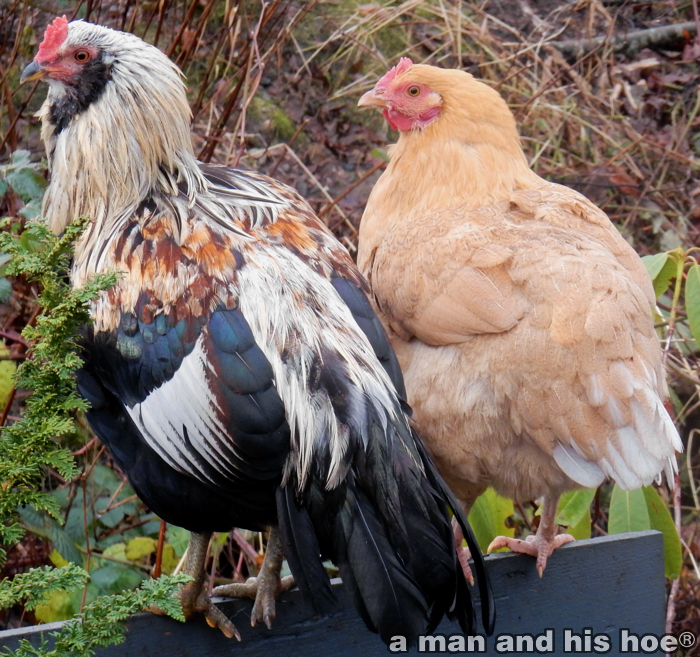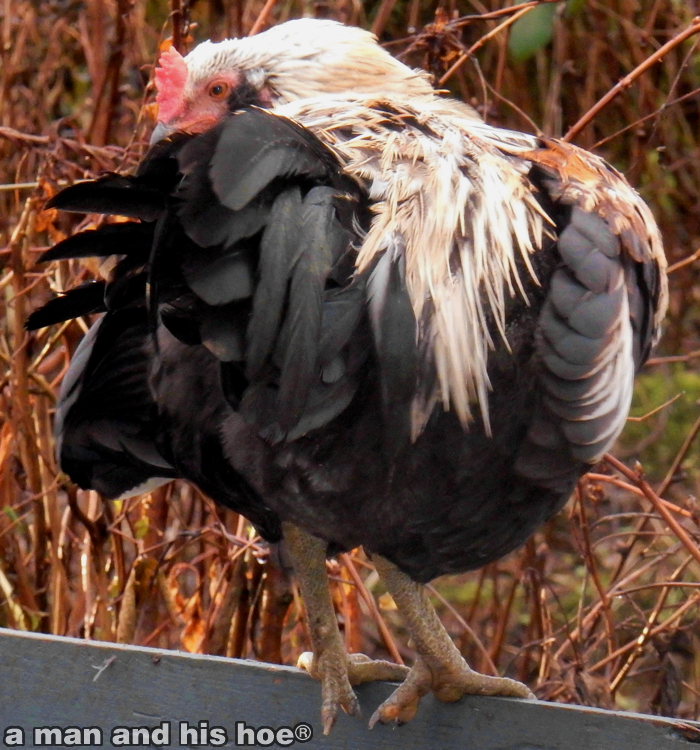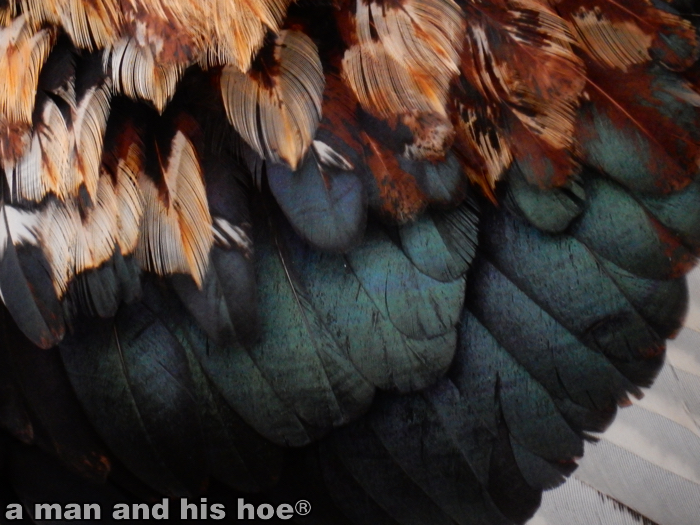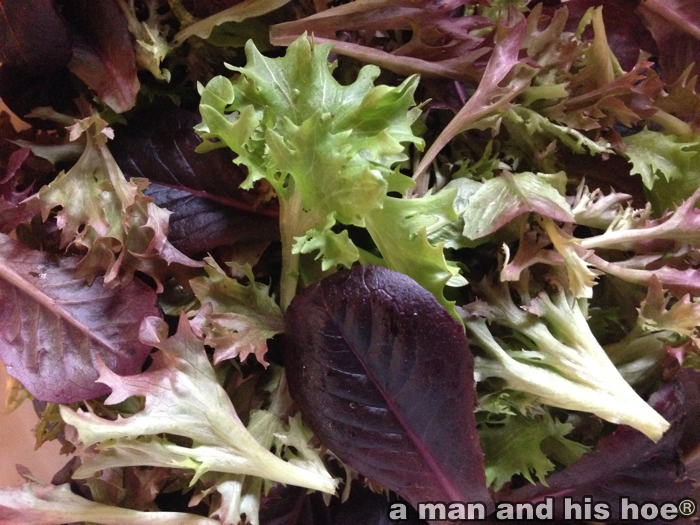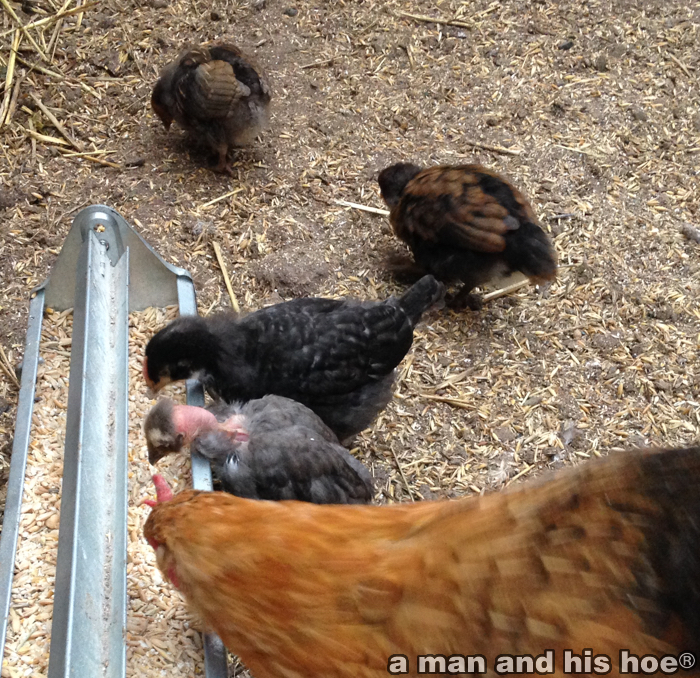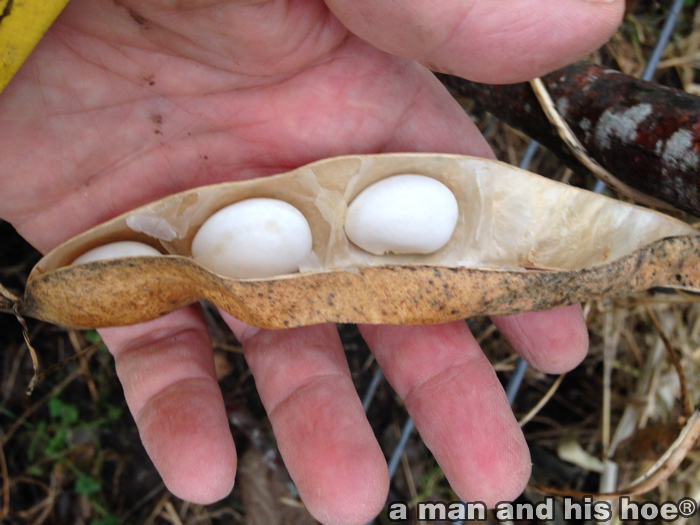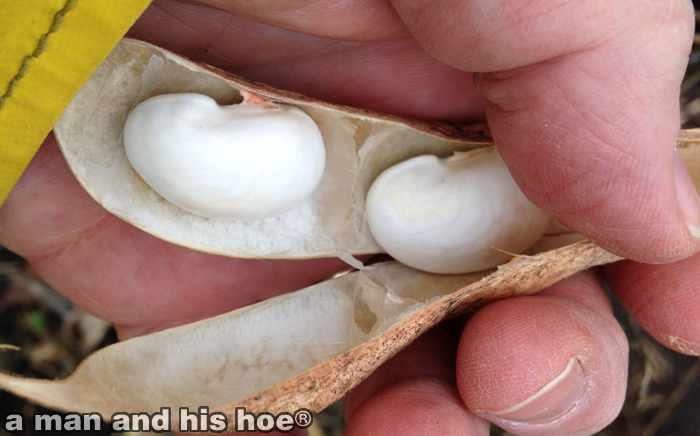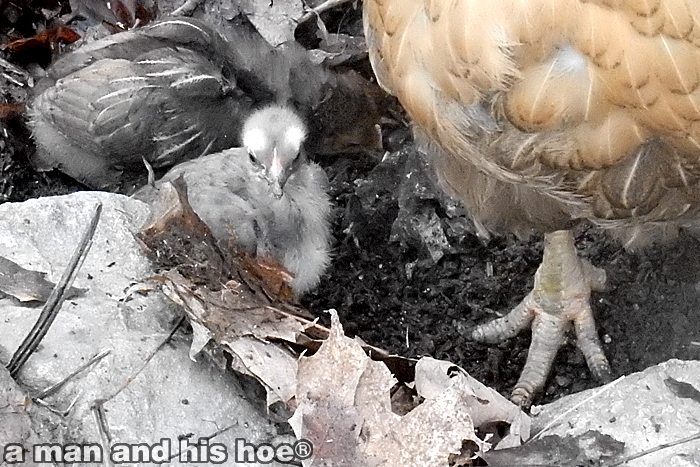How fresh are the eggs you buy in your local supermarket? It’s impossible to know when the eggs were laid. No egg producer in the USA is required to tell you the date their eggs were laid. However, USDA certified egg producers are required to stamp the date the eggs were packed on their egg cartons.
The date they use for the pack date is the nth day of the year. Today, December 12, is the 346th day of the year, so eggs that are packed today will have the number 346 on the carton. Eggs packed on January 5 will have 005 as the pack date.
I called Skylane Farms of Woodburn, OR, an egg processor for Egg-Land’s Best, and they explained to me that the eggs they process are all laid offline, which means they are laid at various farms and trucked to them. I was told that at this time of year, the pack date is usually 2 to 3 days after the eggs are laid. At other times of the year, the eggs could be 7 to 10 days old before they are packed. So when you are trying to determine how old the eggs you are buying are, add 2 to 10 days to the pack date.
The pack date is often on the end of the carton. Right after the pack date, egg producers put the plant number assigned to them by the USDA, so you’ll see something like 346 P1143, which would mean packed on the 346th day of the year in plant 1143.
I was in a nearby supermarket today, and curious as to how fresh the eggs the store was selling were, I checked them. This is what I found. The freshest eggs were packed 8 days ago. The oldest eggs were packed 39 days ago. These are the last eggs on this page, so called Farm Fresh by Egg-Lands Best. Can eggs that are over a month old be called Fresh?
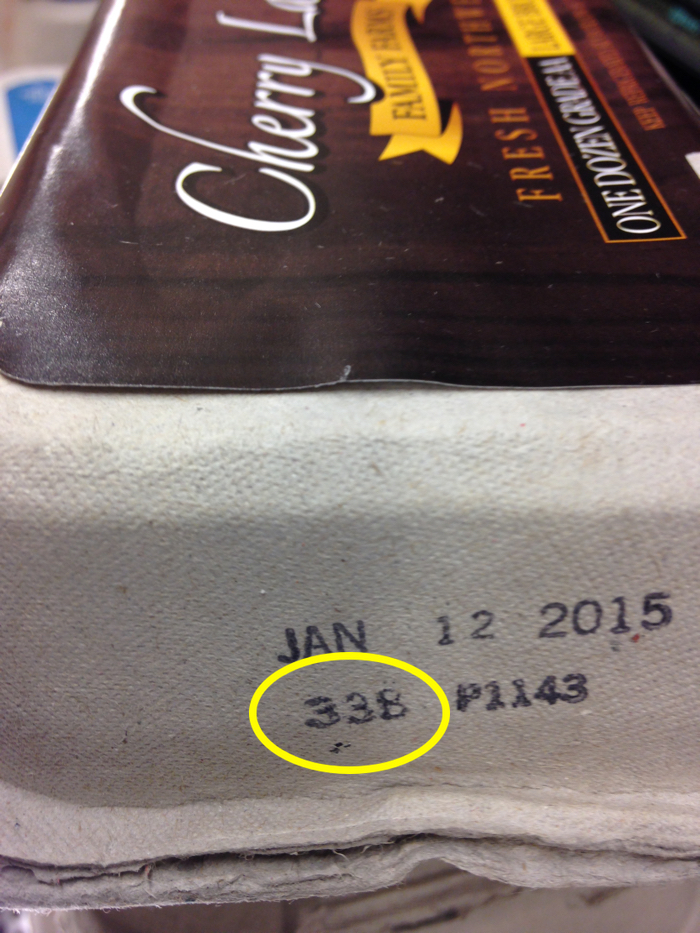
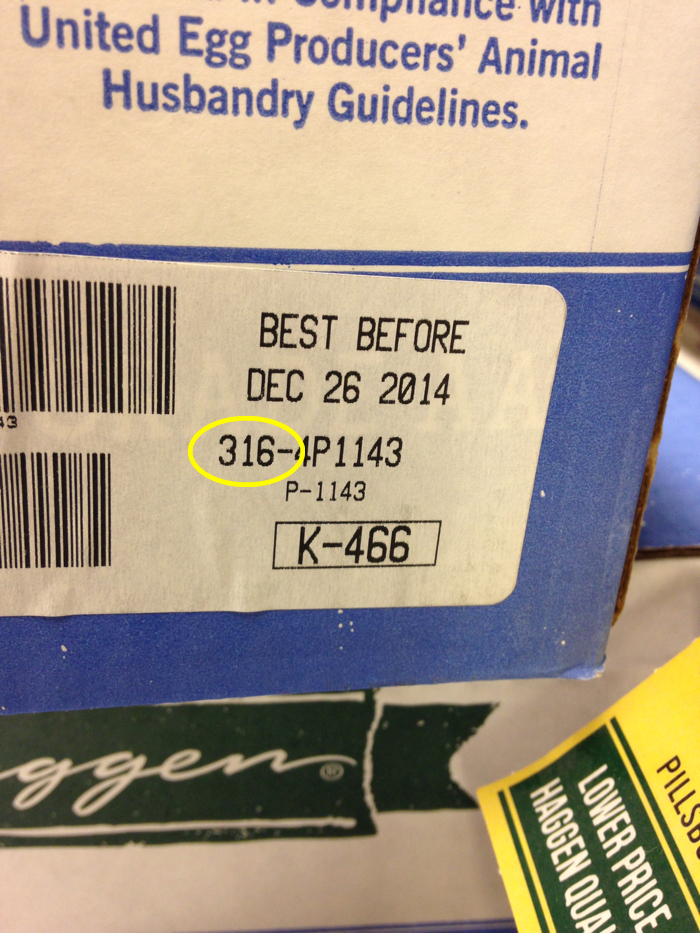
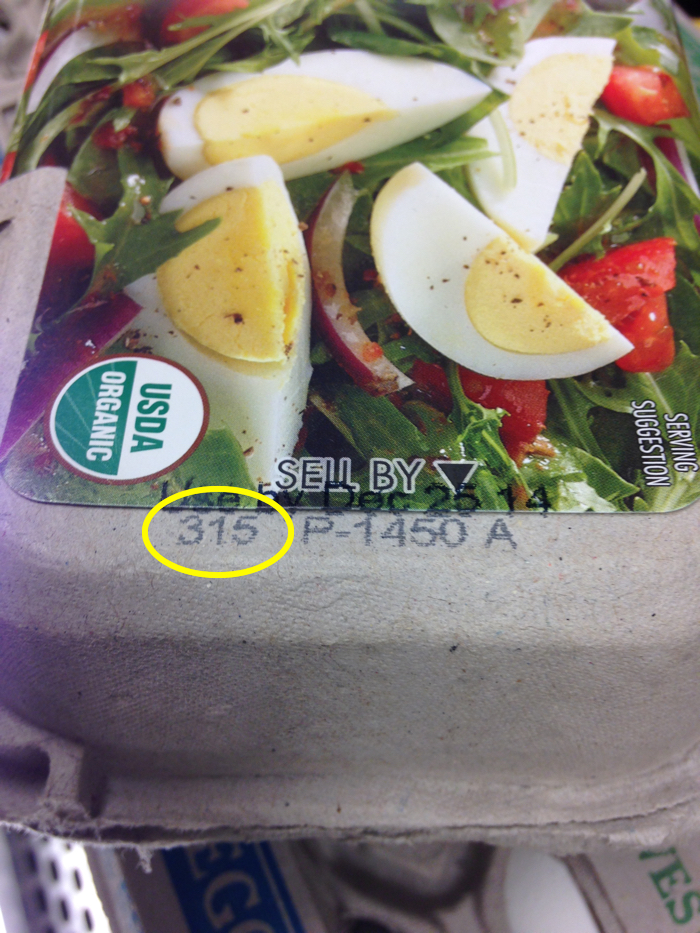
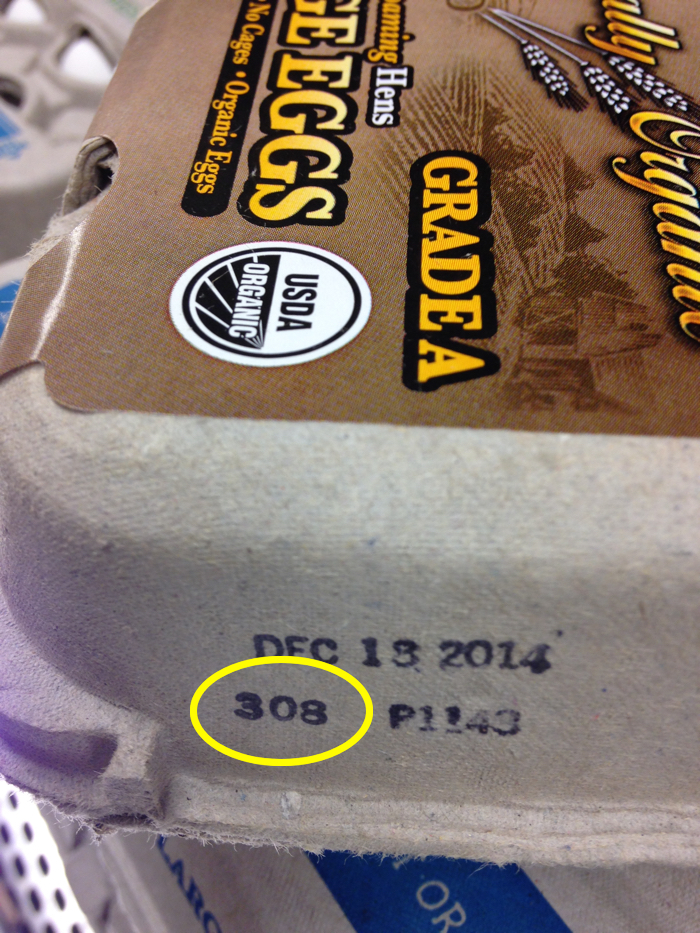
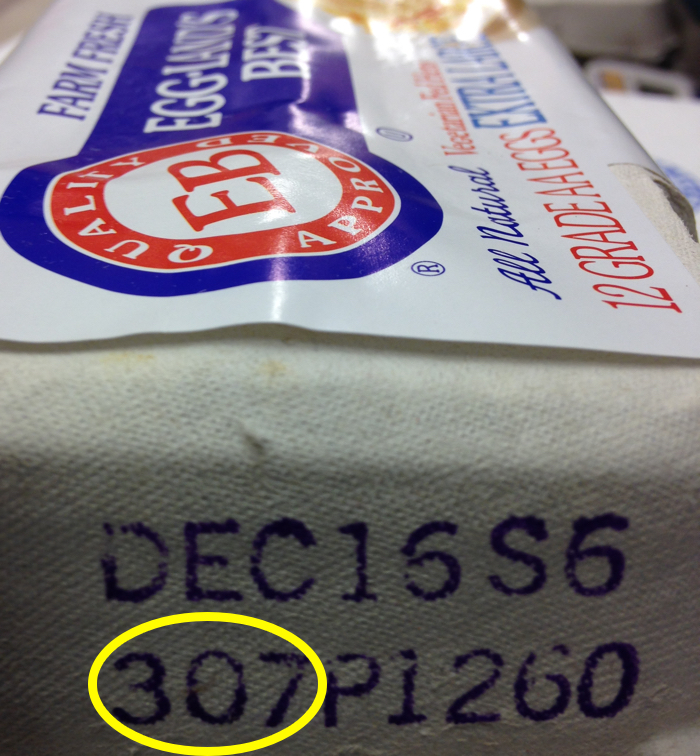
The freshest eggs were packed 8 days ago, the rest of the eggs were packed 30, 31, 38, and 39 days ago. On an interesting note, three of the eggs, Cherry Lane, Wilcox Organic, and a bulk package of 5 dozen eggs, were all packed in the same egg processing plant, P1143, National Food Corporation of Stanwood, WA.
To find out where your eggs were packed, go to USDA’s Agricultural Marketing Service – Plantbook Query Page. On that page you can put in a plant number and find out information about the plant. To figure out what day of the year today is, go to What’s the Current Day Number?
It’s your food. You are putting it in your mouth. You have a right to know where and how it was made, and how old it is.
I sent an email to Mark R. Lemon, Federal-State Supervisor of the USDA in Olympia asking about the difference between the date eggs are laid and the date eggs are packed. This is what he emailed to me December 14, 2014:
Eggs of current production for USDA inspected eggs, are eggs that are no older than 21 days from day of lay. The code date on the carton represents the date the eggs were packed into the carton, but the eggs are allowed to be up to 21 days old from the day of lay. Most eggs packaged these days are from the same day of lay and maybe up to a week old. It is not very common for a plant to even push the 21 day maximum. Eggs are produced in such high volume, that eggs do not sit very long before they are packaged and sent to the stores. I hope this answers all your questions, thanks.
In other words, egg producers have up to 21 days to pack eggs. So when you see eggs that were packed 30 days ago, there is a chance, though not likely, that they could have been laid as long as 51 days ago.
